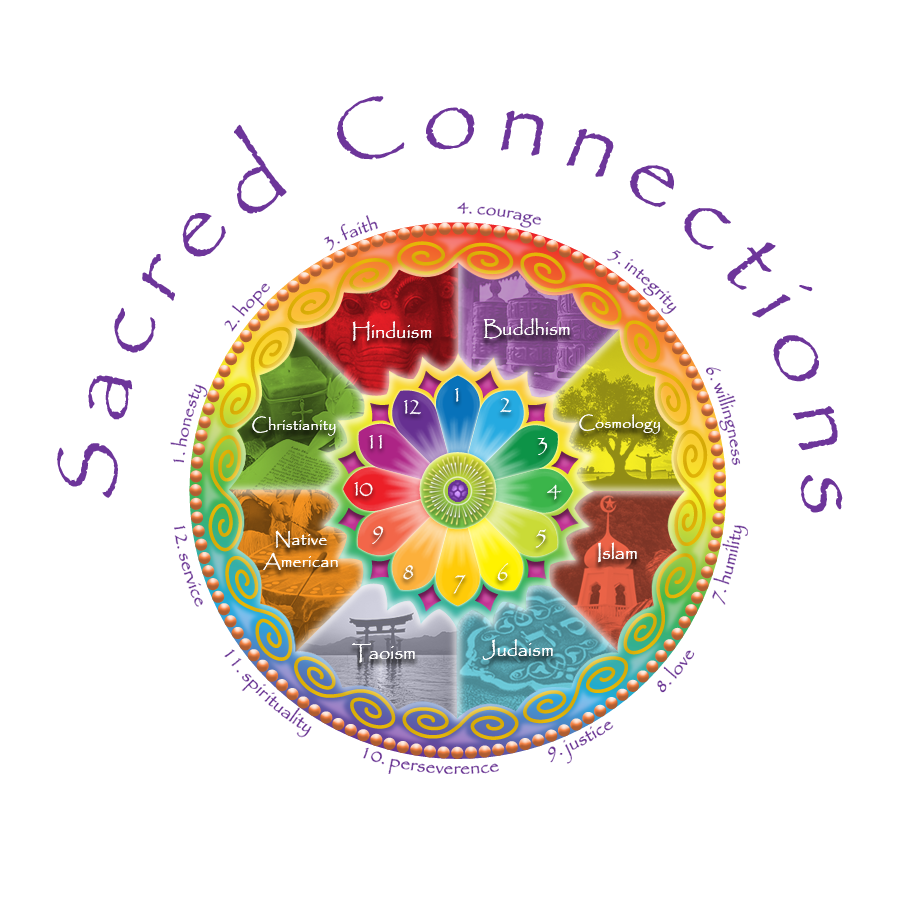Most of the Wisdom Traditions evolved during the Axial Age, between 900 and 200 BCE. Karen Armstrong, renowned modern theologian, asks; “Why should we go back to these ancient faiths? Because in this period of history people worked as hard to find a cure for their spiritual ills as we do today trying to find a cure for cancer…none of them were interested in doctrines or metaphysical beliefs…(at that time) a religion was about behaving in a ‘way’ that changed you.”
References to the ‘way’ are made in all the wisdom traditions. The ‘way’ is not a single path, but all the varied paths which lead to the same destination. As trekkers on the path we discover that the ‘way’ is the path through life. It is our own personal journey of finding meaning, truth and purpose. And, in time, we also learn there is no destination in this life – the meaning is the journey.
The fact that the spiritual principles found at the core of the Twelve Steps of AA are so easily traceable throughout all the Wisdom Traditions, suggests these principles are universal – crossing the boundaries of culture, language, religion, time, political ideologies, and belief systems.
When looking across the spectrum of the Wisdom Traditions we find seven common spiritual themes:
Spirit exists (no matter what it is called)
Spirit is found within
Most of us live in a “fallen” or “‘illusory” state which creates our sense of separation
